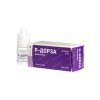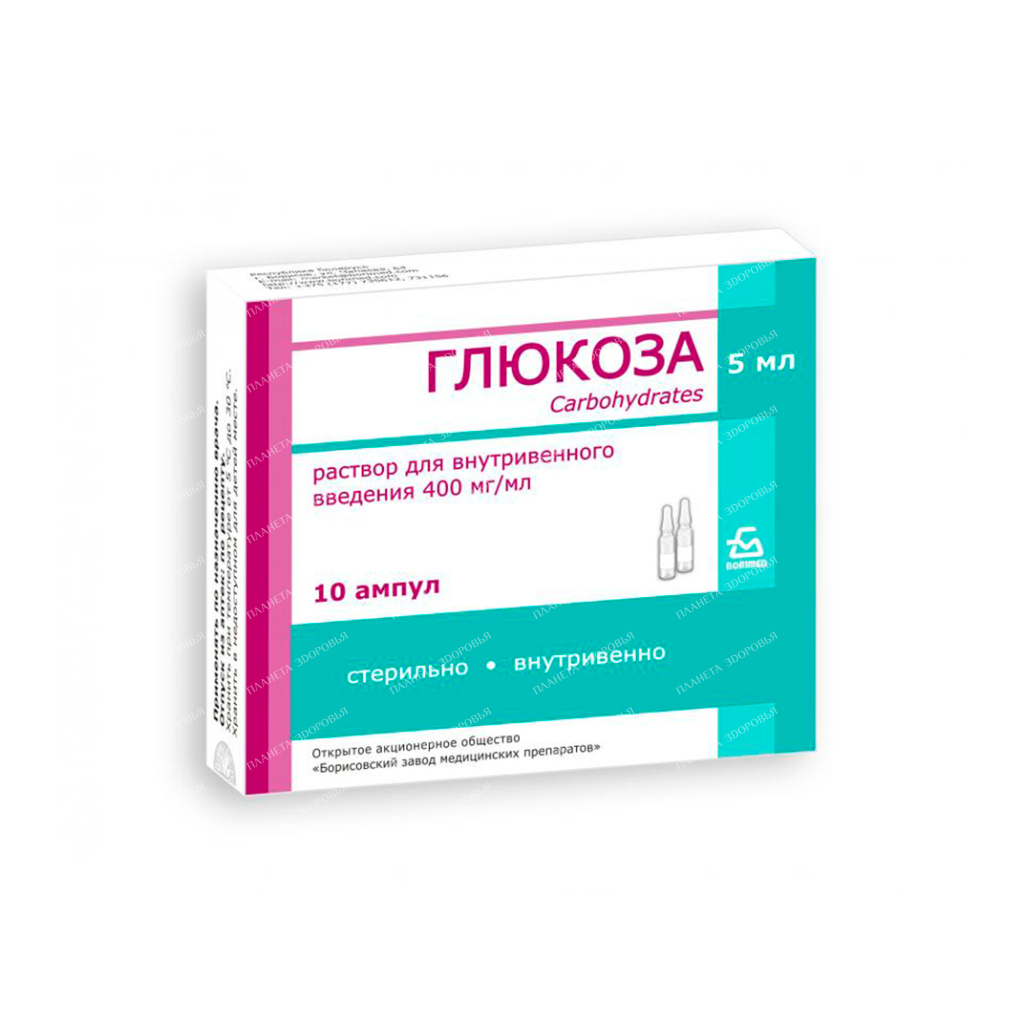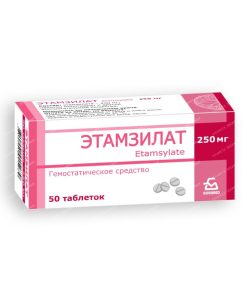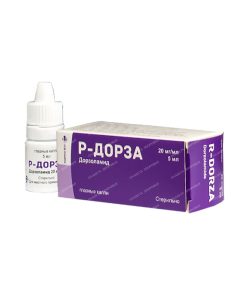Glucose solution for intravenous injection 400mg/ml in ampoules 5ml №10
$19.00
Glucose Solution for Intravenous Injection 400mg/ml in Ampoules 5ml №10
Description:
Glucose solution for intravenous injection is a sterile, non-pyrogenic solution of glucose in water for injection. It is indicated for the treatment of hypoglycemia and as a source of carbohydrates in parenteral nutrition.
Key Features:
- High concentration: 400mg/ml glucose solution provides a concentrated source of energy.
- Convenient packaging: Ampoules of 5ml, packaged in boxes of 10, offer easy administration.
- Trusted manufacturer: Produced by Borisov ZMP, a reputable pharmaceutical company.
- Versatile application: Can be used for various indications, including hypoglycemia and parenteral nutrition.
Composition:
Each ampoule (5 ml) contains:
- Active substance: Glucose (anhydrous) – 2000 mg
- Excipients: Concentrated hydrochloric acid, sodium chloride, water for injection.
Pharmacological Properties:
Glucose is a simple sugar that is essential for energy production in the body. When administered intravenously, it provides a rapid and readily available source of energy.
Indications for Use:
- Hypoglycemia: For the treatment of low blood sugar levels.
- Parenteral nutrition: As a source of carbohydrates in patients who cannot receive adequate nutrition orally or enterally.
Contraindications:
- Hyperglycemia: High blood sugar levels.
- Diabetes mellitus: A condition where the body cannot regulate blood sugar levels properly.
- Postoperative disorders of glucose utilization: Impaired glucose metabolism after surgery.
- Hyperlactacidemia: Elevated lactic acid levels in the blood.
- Hyperosmolar coma: A condition characterized by high blood sugar levels and dehydration.
- Hyperhydration: Excessive fluid in the body.
- Cerebral and pulmonary edema: Fluid buildup in the brain or lungs.
- Acute left ventricular failure: A serious heart condition.
- Hypersensitivity to the drug: Allergic reactions to any component of the solution.
- Circulatory disorders: Conditions affecting blood flow.
- Hemorrhages in the brain and spinal cord (except for conditions accompanied by hypoglycemia): Bleeding in these areas.
- Childhood: Not recommended for use in children.
Dosage and Administration:
- Hypertonic solution 400 mg/ml: Administered intravenously at a rate of up to 30 drops/min (1.5 ml/min), corresponding to approximately 48 ml/hour.
- Maximum daily dose for adults: 250 ml.
- Maximum daily dose for children: 15 ml/kg/day (6 g/kg/day).
- Maximum infusion rate: 0.62 ml/kg/h (0.25 g/kg/h).
Precautions:
- Do not administer quickly or for extended periods.
- Monitor fluid and electrolyte balance and serum glucose levels regularly.
- Use with caution in patients with acute cerebrovascular accident.
- Do not use subcutaneously or intramuscularly.
- Discard unused portion of the ampoule after opening.
- Consult a healthcare professional for specific dosage and administration instructions.
Side Effects:
- Common side effects: Hypokalemia, hypomagnesemia, hypophosphatemia, hyperglycemia, hemodilution, dehydration, hypervolemia, venous thrombosis, phlebitis, sweating, polyuria, chills, fever, injection site reactions.
- Rare side effects: Anaphylactic reactions, hypersensitivity.
Drug Interactions:
- Insulin: Improves glucose uptake by tissues.
- Potassium salts: Enhance glucose uptake.
- Sodium chloride solutions: Additive effect on osmolarity.
- Alkaloids: Decomposition may occur.
- General anesthetics: Decreased activity.
- Hypnotics: Reduced activity.
- Analgesics and adrenomimetic agents: Activity weakened.
- Streptomycin, nystatin: Activity reduced.
- Hexamethylenetetramine: Incompatibility due to oxidizing properties of glucose.
- Thiazide diuretics and furosemide: Decreased glucose tolerance.
- Digitalis drugs: Increased toxicity due to hypokalemia.
- Barbiturates, erythromycin, aminophylline, hydrocortisone, warfarin, kanamycin, soluble sulfonamides, cyanocobalamin: Incompatibility in solutions.
- Blood: Risk of nonspecific agglutination.
Overdose:
- Symptoms: Hyperglycemia, thirst, polyuria, polydipsia, acute left ventricular failure.
- Treatment: Withdrawal of the drug, administration of insulin under glycemic control, symptomatic therapy.
Storage:
- Store at temperatures between 5°C and 30°C.
- Keep out of reach of children.
- Do not use after the expiry date.
Dispensing:
Available by prescription.
Please note: This information is provided for general knowledge and informational purposes only, and does not constitute medical advice. Always consult a qualified healthcare professional for diagnosis and treatment of any medical condition.
| The code | 131497 |
|---|---|
| Barcode | 4 810 201 019 369 |
| Dosage | 400mg/ml 5ml |
| Active substance | Glucose |
| Manufacturer | Borisovsky ZMP, Belarus |
 Free worldwide shipping on orders $99+
Free worldwide shipping on orders $99+  US: temporary delays — postal services aligning new import rules,
US: temporary delays — postal services aligning new import rules,  EU: 1–2 weeks,
EU: 1–2 weeks,  Worldwide: 1–4 weeks
Worldwide: 1–4 weeks 




